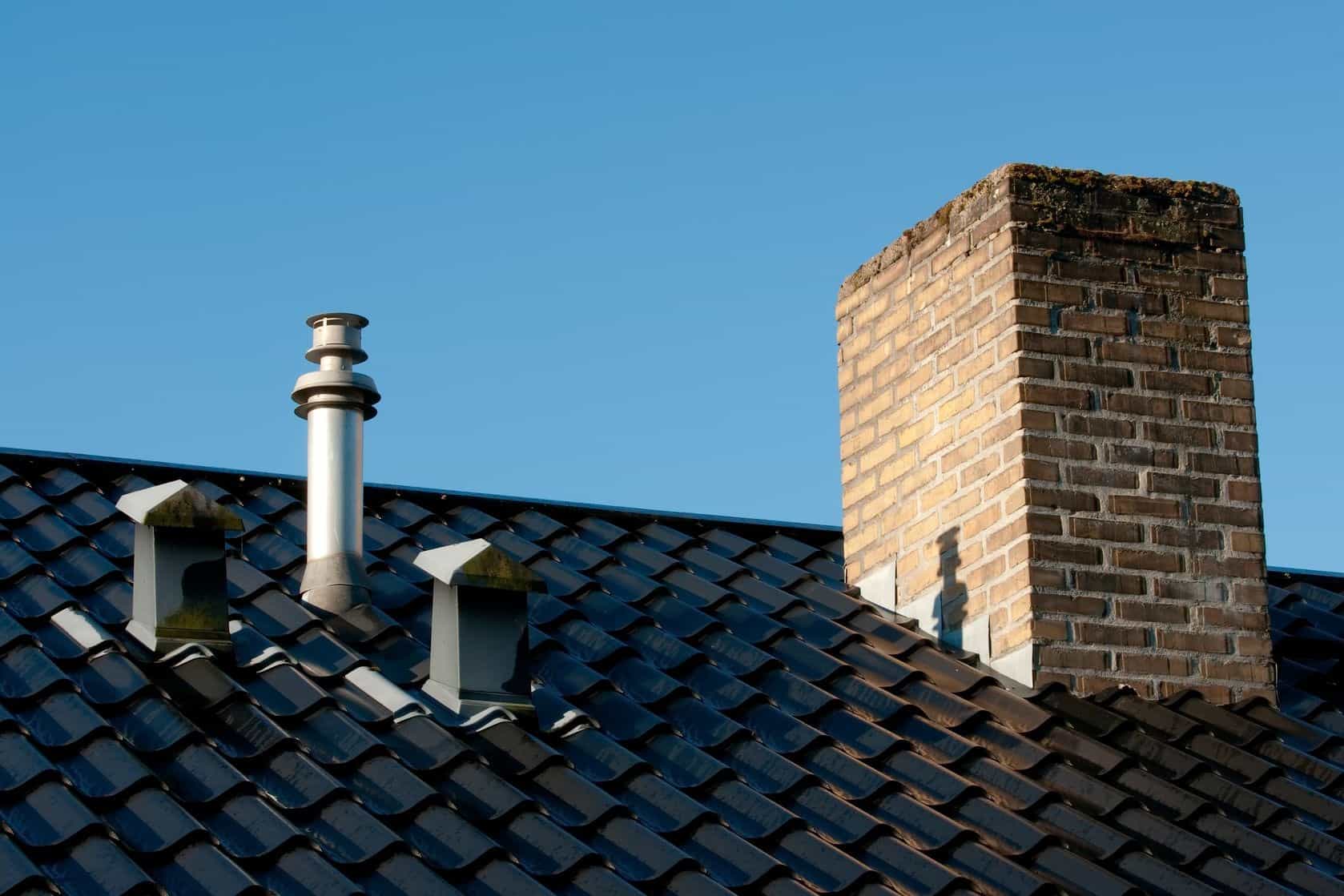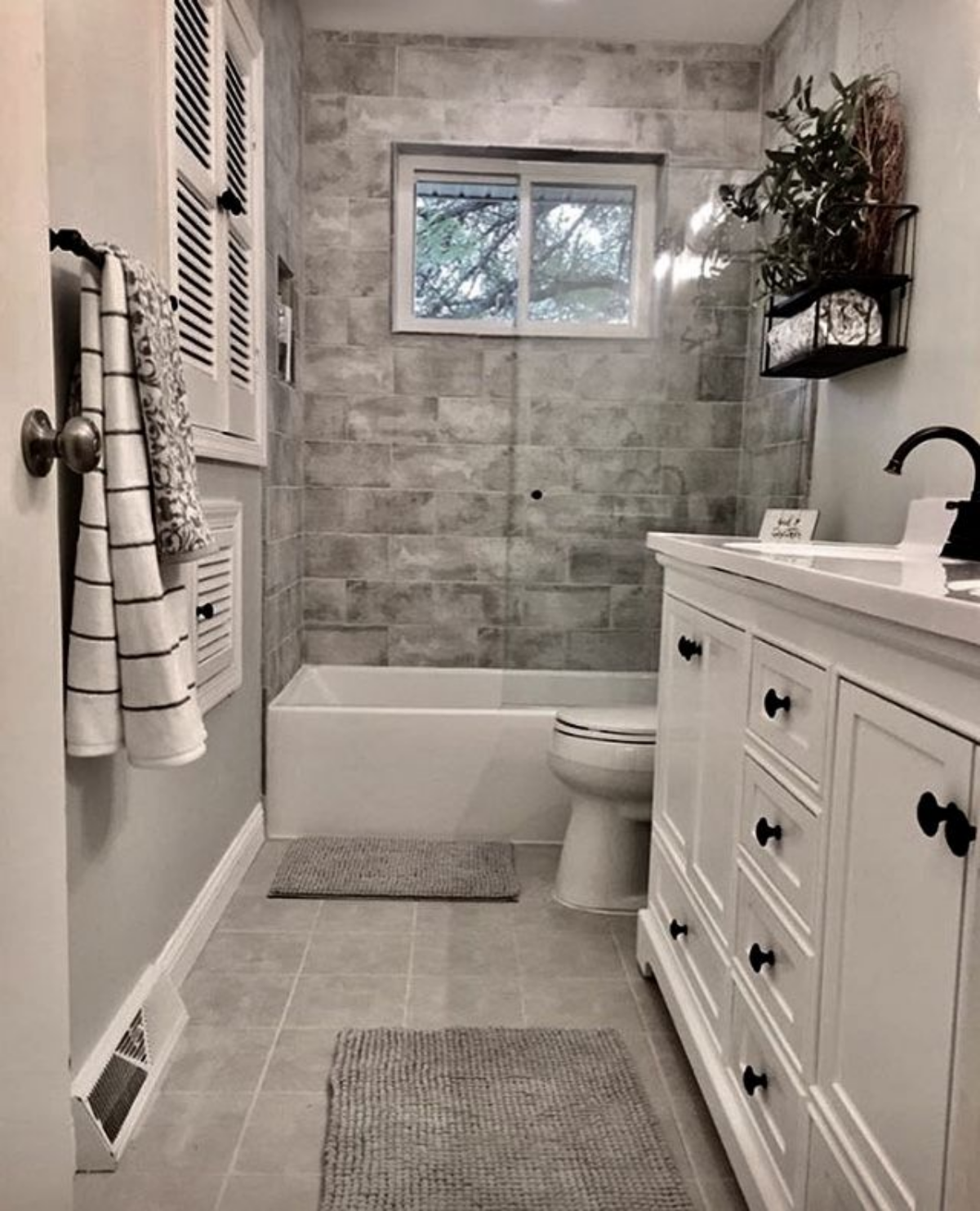Ensuring Adequate Ventilation in Your Plumbing System: The Reason
Ensuring Adequate Ventilation in Your Plumbing System: The Reason
Blog Article
Each person maintains his or her own assumption with regards to Essential Plumbing Vent Pipes: Understanding Their Role.

Proper ventilation in pipes systems is typically forgotten, yet it is crucial for keeping the capability and security of your home's pipes. Air flow aids regulate atmospheric pressure, prevent the build-up of hazardous gases, and ensure the efficient elimination of waste. In this guide, we will check out the importance of appropriate plumbing ventilation, exactly how it functions, and the advantages it offers your pipes system.
Just How Ventilation Functions in Pipes Equipments
Atmospheric Pressure Policy
Appropriate air flow preserves balanced air pressure within the pipes system. When water moves through pipelines, it displaces air. Without appropriate ventilation, this displacement can produce negative pressure, bring about slow drains pipes or siphoning of water from catches, which can create undesirable odors to permeate right into the home.
Avoiding Sewer Gas Accumulation
One of the most critical functions of pipes vents is to prevent drain gases, such as methane and hydrogen sulfide, from accumulating within the home. These gases can present severe health dangers and are very combustible. Vent pipes allow these gases to run away safely outdoors.
Assisting in Waste Removal
Air flow assists in the effective elimination of wastewater by preventing airlocks in the drainage system. When air can flow openly with the vents, it allows water and waste to move efficiently via the pipelines, reducing the danger of blockages and backups.
Benefits of Proper Ventilation
Enhanced System Effectiveness
Properly aerated plumbing systems run a lot more effectively, with less clogs, faster draining, and less stress on the pipelines. This effectiveness prolongs the life-span of the pipes system.
Improved Air Quality
By stopping sewer gases from entering your home, correct air flow contributes to much better interior air top quality, making your living environment healthier and much more comfy.
Preventing Water Damages
Sufficient air flow assists protect against water from being siphoned out of traps, which can bring about sewer gases going into the home and creating water damage in time.
Actions to Guarantee Proper Ventilation
Consulting Pipes Codes
Always seek advice from local pipes codes when making or modifying your plumbing system. These codes give the essential guidelines for appropriate venting and guarantee your system satisfies safety and security standards.
Normal Inspection and Upkeep
Normal evaluations can assist identify possible air flow issues prior to they end up being significant issues. Maintenance jobs, such as cleansing vent pipes and checking for blockages, are important for keeping the system in good working order.
Expert Installment
For brand-new setups or major modifications, it's important to hire a specialist plumber. They have the know-how to ensure the air flow system is appropriately developed and mounted according to code.
Understanding Air Flow in Pipes
Air flow in pipes describes the network of pipes that enable air to move with the drain system. These vents serve numerous objectives, including controling atmospheric pressure within the pipelines, preventing drain gases from entering the home, and helping in the smooth circulation of wastewater.
Types of Plumbing Vents
Main Stack Vent
The main pile vent, also called the air vent pile, is the primary air vent in a pipes system. It prolongs from the main drainpipe align through the roof, permitting gases to leave and fresh air to get in the system.
Branch Vent
Branch vents connect to the primary pile vent and serve individual fixtures, such as sinks, toilets, and showers. These vents guarantee that each component has sufficient air flow to operate correctly.
Air Admittance Valve (AAV).
An Air Admittance Valve (AAV) is a one-way valve that enables air to go into the plumbing system without the demand for a conventional air vent pipe prolonging via the roof. AAVs are typically used in remodellings or areas where installing a typical vent is unwise.
Signs of Poor Air Flow in Plumbing.
Slow Draining Fixtures.
If your sinks, tubs, or bathrooms are draining pipes gradually, maybe an indication of inadequate air flow. Poor air flow can create a vacuum cleaner impact, making it difficult for water to drain appropriately.
Gurgling Sounds.
Gurgling noises originating from drains pipes are commonly an outcome of air being sucked through water catches due to negative stress in the pipes. This is a clear sign of insufficient air flow.
Undesirable Odors.
Sewer odors inside your home are a warning that your pipes system is not properly ventilated. This could imply that drain gases are not being appropriately vented outside, resulting in potentially dangerous conditions.
Common Ventilation Mistakes.
Poor Vent Sizing.
Making use of undersized vent pipes can bring about bad air circulation and pressure inequalities in the system. It's vital to use vents that meet the specific demands of your plumbing system.
Improper Vent Positioning.
Putting vents also far from the fixtures they offer can lower their efficiency. Proper positioning guarantees that air can move freely and effectively through the system.
Disregarding Code Requirements.
Building ordinance provide certain standards for pipes air flow. Disregarding these codes can lead to a system that falls short to operate correctly and might lead to expensive repair services or carcinogen.
Verdict.
Correct ventilation is an essential element of any type of pipes system, making sure that it works efficiently and securely. By understanding the value of air flow, identifying the indications of bad ventilation, and taking steps to preserve your system, you can protect against expensive problems and secure your home's air quality.
What is a Plumbing Vent and it's used for?All plumbing systems in residential and commercials construction have a plumbing vent. It doesn’t just vent unwanted odors from the drainage system to the outside; it actually serves an important purpose by supplying air to the system.
The plumbing drainage system is actually called a drainage, waste and vent (DWV) system. When water flows down the piping, an air supply (vent) is needed to allow the water to flow. Think of the vertical pipe as a drinking straw. If you plug the top end of a straw, liquid won’t drain from it.
The DWV system in your building consists of a series of pipes connected to each fixture; they extend above each fixture, and the system terminates at an open pipe that extends through the roof. This piping allows air into the system and prevents unbalanced pressures in the piping.
?The vent also prevents the system from drawing water out of a trap at the fixture with the characteristic “glug-glug-glug” as the drain gasps for air. Plumbing traps should drain smoothly and never “glug” or gasp for air.
If you have a drain that empties slowly or gurgles as it drains, this may indicate a venting problem. If you flush a toilet and the sink gurgles, there’s definitely a vent problem. It is good idea to have a Plumber check this.
https://www.ameliashomeinspection.com/blog/what-is-a-plumbing-vent-and-its-used-for

I found that post about What Are Plumbing Vents and Why Are They Important? when browsing the web. In case you enjoyed reading our article please don't forget to pass it around. I take joy in reading our article about The Upsides of Proper Ventilation in Plumbing Design.
Call Today Report this page